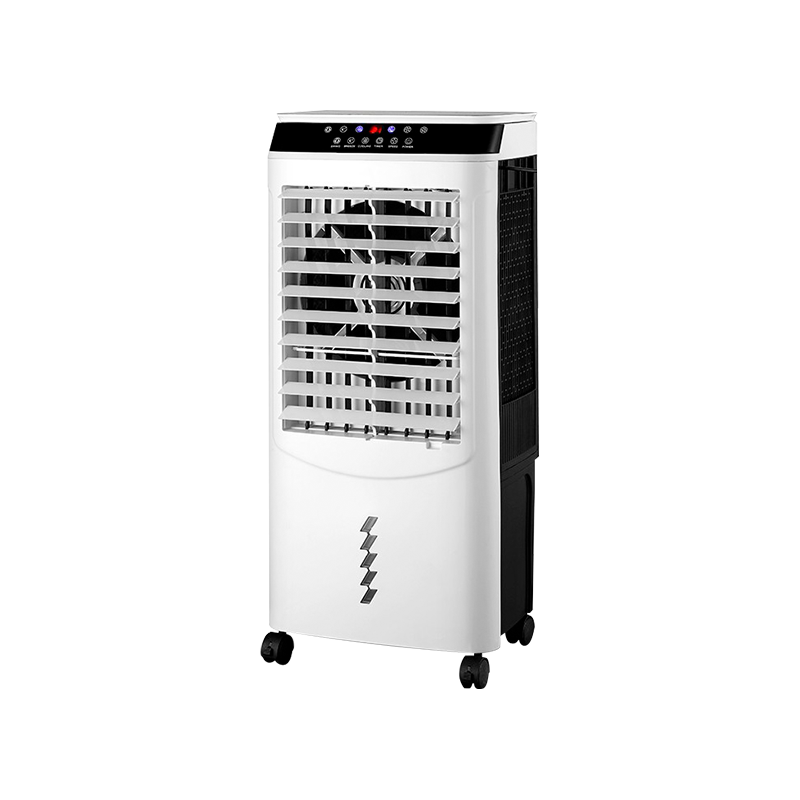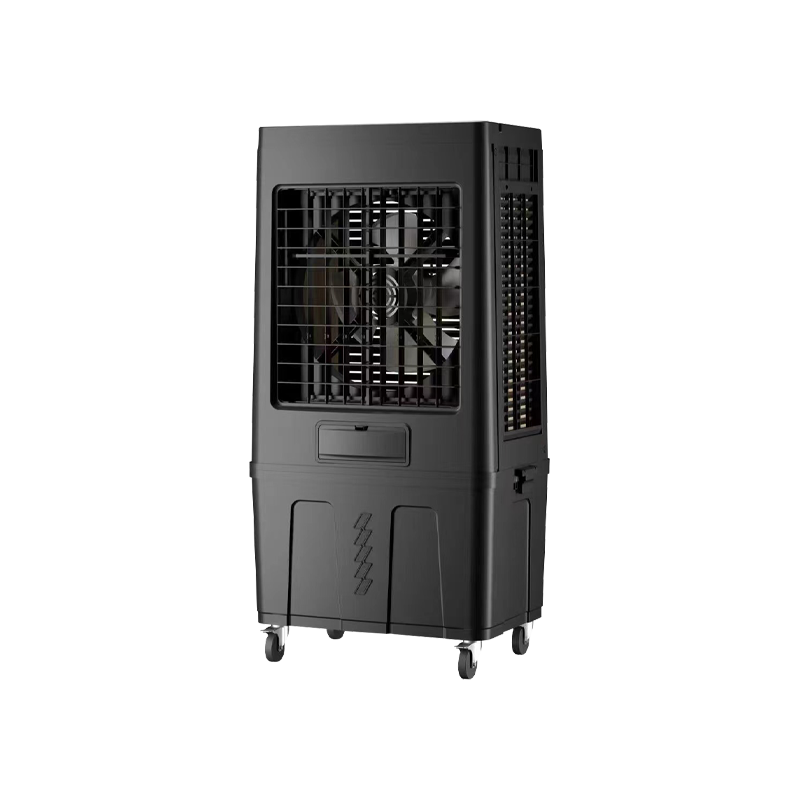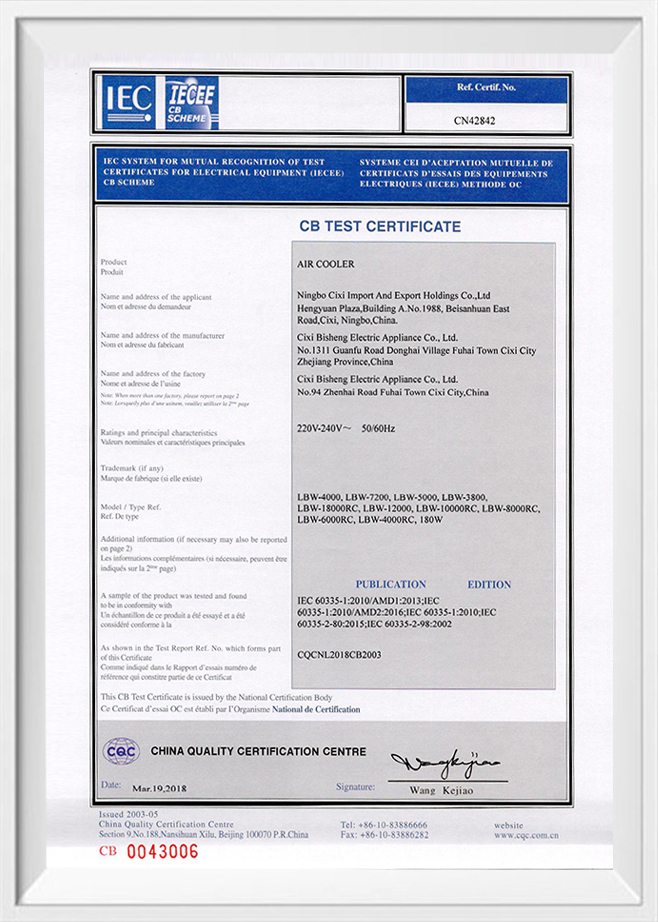120W 50L Large Capacity Portable Remote Control Air Cooler LBW-8800RC how to maintain transmission distance and stability
Signal transmission distance
The signal transmission distance of the remote control system is a performance indicator that users are very concerned about. It determines how far users can effectively control the air cooler.
Technical basis:
LBW-8800RC uses advanced wireless communication technologies such as Wi-Fi, Bluetooth or dedicated wireless remote control technology. These technologies usually have a longer transmission distance and stronger penetration ability.
Environmental factors:
The signal transmission distance is affected by a variety of environmental factors, including obstacles (such as walls, furniture, etc.), interference sources (such as other wireless devices, electrical appliances, etc.) and signal attenuation (such as signal weakening caused by increased distance).
Actual performance:
In an open environment without obstacles, the remote control system of LBW-8800RC has a longer transmission distance, enough to cover most homes or offices.
In an environment with obstacles, the transmission distance may be shortened, but the specific degree of shortening depends on the type and number of obstacles.
Stability
The stability of the remote control system is the key to ensure that users can accurately and timely control the air cooler.
Anti-interference ability:
The remote control system of LBW-8800RC adopts a variety of anti-interference technologies, such as signal encoding, frequency hopping and automatic gain control, to improve the anti-interference ability of the signal. These technologies help reduce the bit error rate and reduce control failures caused by interference.
Automatic reconnection function:
In the event of signal interruption or device power failure, the remote control system has an automatic reconnection function to ensure that users can reestablish the connection with the controller.
Error prompt:
If there is a problem with the control signal or the device cannot respond, the remote control system will provide an error prompt to help users diagnose the problem.
Anti-interference technology
In order to ensure that the remote control system can work stably in complex environments, LBW-8800RC can use the following anti-interference technologies:
Signal encoding technology:
Through a specific encoding method, the control signal is converted into a digital signal with a specific pattern to improve the anti-interference ability of the signal.
Frequency hopping technology:
Quickly switch between multiple frequencies to avoid possible interference sources. This technology helps reduce signal interference caused by frequency conflicts.
Automatic gain control technology:
Automatically adjust the gain according to the received signal strength to ensure the stability of the signal during transmission. This technology helps to improve the receiving sensitivity when the signal is weak and avoid overload when the signal is strong.
Filtering technology:
Remove interference signals through filters to improve the purity of the received control signal.
Space diversity technology:
In some advanced remote control systems, multiple antennas and receivers may be used to receive signals, and the best signal is selected for decoding through algorithms. This technology helps to improve the reliability and stability of the signal.

 English
English 中文简体
中文简体 Español
Español



















